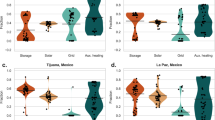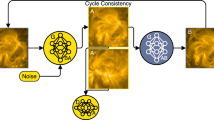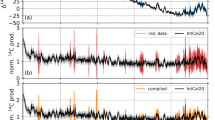Abstract
IN NATURE of the 17th inst. there appear letters from Col. Tennant and Mr. Capron, who seem to doubt that the solar prominences can be seen in England with the facility described by Capt. Herschel in India. I might almost apply Capt. Herschel's words to my own experience last month. With a seven-prism direct-vision spectroscope of Browning (open slit) attached to a 21/4; inch glass mounted on a drawing-room stand, not only the bright lines, but the forms of the prominences, could be plainly seen and were sketched. Of course there were many cloudy days which prevented observations, and there would be many more such in England than in India; but it does not require exceptionally fine weather, only a great deal of practice. Experience only will tell the exact distance at which the slit must be from the sun's limit, and the slightest movement will either put the prominence out of the field or swamp it with a flood of light.
This is a preview of subscription content, access via your institution
Access options
Subscribe to this journal
Receive 51 print issues and online access
$199.00 per year
only $3.90 per issue
Buy this article
- Purchase on SpringerLink
- Instant access to full article PDF
Prices may be subject to local taxes which are calculated during checkout
Similar content being viewed by others
Author information
Authors and Affiliations
Rights and permissions
About this article
Cite this article
MACLEAR, J. Solar Spectroscope Observations. Nature 6, 514 (1872). https://doi.org/10.1038/006514c0
Issue date:
DOI: https://doi.org/10.1038/006514c0



